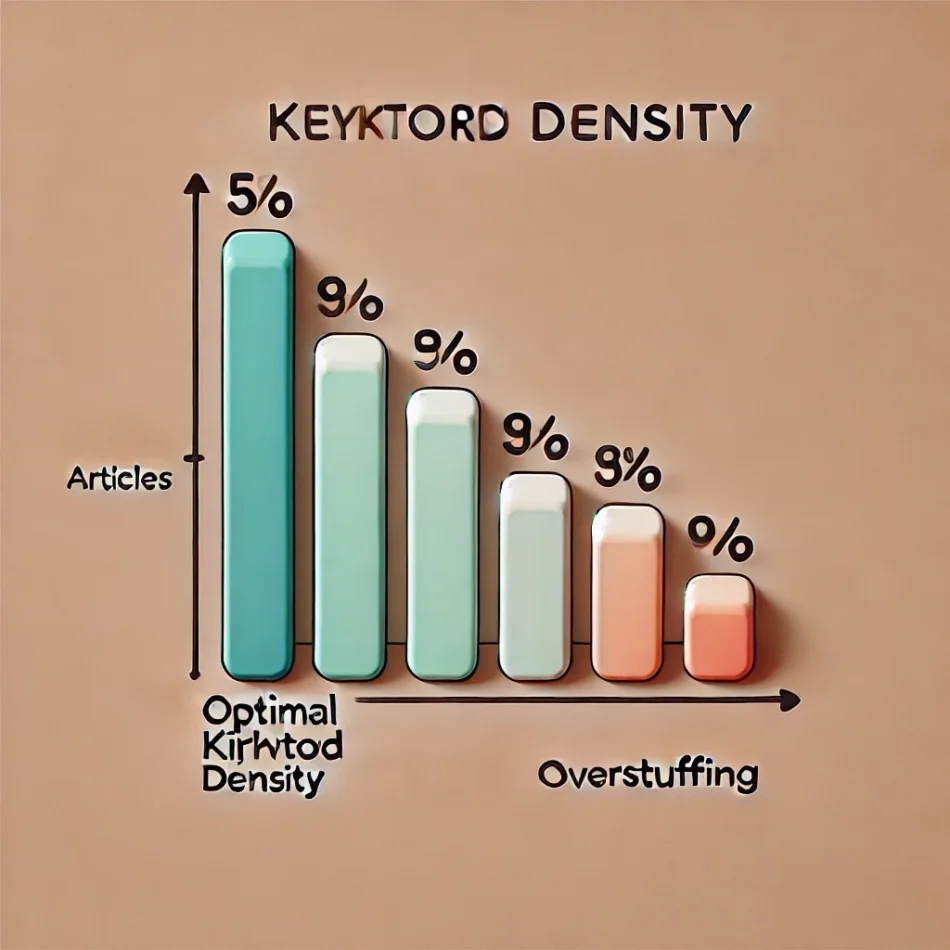The Strategic Placement of Keywords
In the ever-evolving landscape of digital marketing, search engine optimization (SEO) remains a cornerstone for driving organic traffic and enhancing online visibility. Central to effective SEO is the strategic placement of key terms, keywords, and long-tail keywords within your content.
Understanding the mathematical science behind keyword placement can significantly improve your website’s rankings on search engine results pages (SERPs). This article delves into the importance of keyword placement and the underlying principles that make it a powerful tool for SEO success.

Understanding Keywords and Their Role in SEO
Keywords are the phrases and terms that users enter into search engines when looking for information, products, or services.
They act as the bridge between what people are searching for and the content you provide to fulfill that need. Long-tail keywords, which are more specific and longer phrases, often have lower search volumes but higher conversion rates due to their specificity.
The Mathematical Science Behind Keyword Placement
Search engines like Google utilize complex algorithms to determine the relevance and authority of web pages. These algorithms consider various factors, including the placement and density of keywords. Here’s a breakdown of the mathematical principles that influence keyword placement:

- Keyword Density: This refers to the percentage of times a keyword appears in your content compared to the total word count. While maintaining an optimal keyword density is crucial, keyword stuffing (overusing keywords) can lead to penalties. Mathematically, a balanced approach ensures that keywords enhance the content without overwhelming it.
- Proximity and Distribution: Search algorithms assess how closely related keywords are within the text. Placing related keywords in close proximity can signal to search engines that your content is cohesive and relevant to the user’s query. This involves calculating the optimal spacing between keywords to maximize relevance without appearing forced.
- Semantic Analysis: Modern search engines employ natural language processing (NLP) to understand the context and meaning behind keywords. This involves statistical models that analyze the relationships between words, ensuring that your content is contextually relevant. Incorporating semantically related terms alongside your primary keywords can enhance your content’s depth and relevance.
- Positioning within Content: The placement of keywords in specific sections of your content, such as the title, headings, introduction, and conclusion, carries significant weight. Mathematical models evaluate the impact of keyword placement in these high-visibility areas to determine overall content relevance.
Strategic Placement of Keywords for Optimal SEO
To harness the mathematical principles behind keyword placement, consider the following strategies:
1. Title and Headings
Including primary keywords in your title and headings not only improves SEO but also enhances user experience by clearly indicating the content’s relevance. For example, a title like “Mastering SEO: The Importance of Keyword Placement” effectively utilizes primary keywords at the forefront.
2. Introduction and Conclusion
Placing keywords in the first 100 words and the last paragraph of your article can reinforce the content’s relevance to search engines. This strategic placement aligns with the mathematical emphasis on keyword density and distribution.
3. Body Content
Integrate keywords naturally throughout the body of your content. Avoid abrupt insertions that disrupt the flow, as this can negatively impact readability and SEO. Instead, focus on creating cohesive content where keywords fit seamlessly into the narrative.
4. Meta Descriptions and Alt Text
Optimizing meta descriptions and alt text with relevant keywords can enhance visibility in SERPs and improve accessibility. These elements contribute to the overall keyword strategy by providing additional context to search engines.
Leveraging Long-Tail Keywords for Niche Targeting

Long-tail keywords cater to specific search intents, often leading to higher conversion rates. Their strategic placement involves:
- Incorporating in Subheadings: Use long-tail keywords in subheadings to target niche topics within your content.
- Detailed Explanations: Provide comprehensive information around long-tail keywords to satisfy specific user queries.
- Internal Linking: Link to other relevant pages or posts on Lakeland SEO Services and Content Creation Experts – SEO Specialists using long-tail keywords as anchor text to enhance SEO and user navigation.
Tools and Techniques for Optimizing Keyword Placement
Utilizing SEO tools can streamline the process of keyword placement by providing data-driven insights:
- Keyword Research Tools: Tools like How to Find Keywords for Orlando Searches help identify high-impact keywords and their optimal placement.
- Content Analysis Tools: Platforms such as On Site Optimization analyze your content for keyword density, distribution, and placement effectiveness.
- A/B Testing: Experiment with different keyword placements to determine which strategies yield the highest rankings and engagement.
Measuring the Impact of Keyword Placement
To evaluate the effectiveness of your keyword placement strategy, monitor key performance indicators (KPIs) such as:
- SERP Rankings: Track changes in your rankings for targeted keywords over time.
- Organic Traffic: Analyze the volume of traffic driven by specific keywords to assess their impact.
- Conversion Rates: Measure how well your keywords contribute to achieving desired actions, such as form submissions or sales.
Put it all together

The strategic placement of key terms, keywords, and long-tail keywords is a mathematically driven approach that can significantly enhance your website’s SEO performance.
By understanding and applying the principles of keyword density, proximity, semantic analysis, and strategic positioning, you can optimize your content to achieve higher rankings and greater visibility.
For more insights and advanced SEO strategies, explore the resources available at Digital Goliath Marketing Group.
Implementing these techniques not only aligns with search engine algorithms but also ensures that your content remains valuable and engaging for your audience. Embrace the mathematical science behind keyword placement and unlock the full potential of your SEO efforts.


